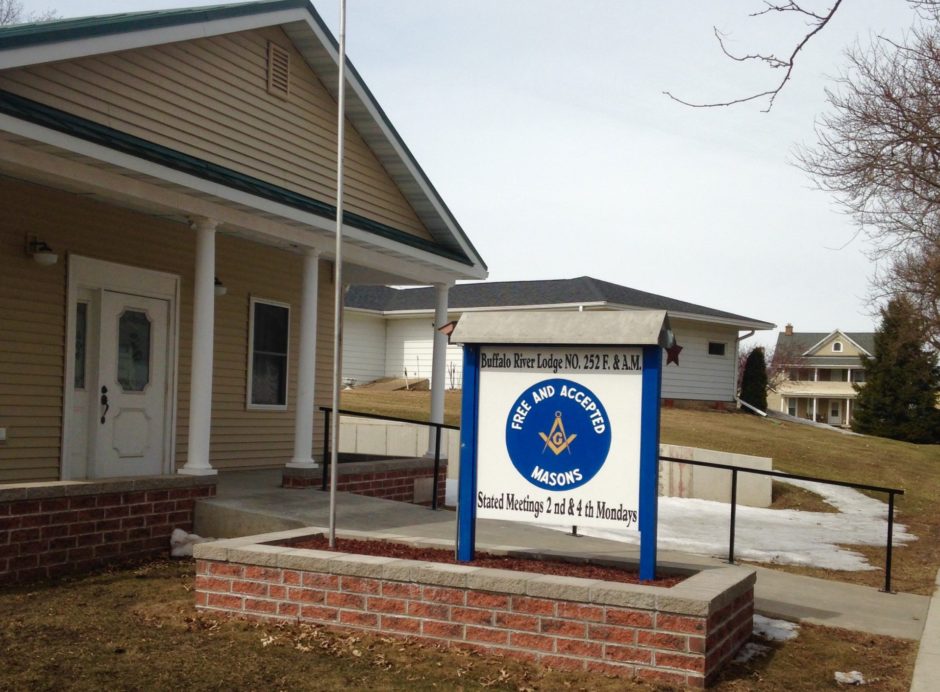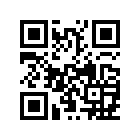Freemasons were among those who emigrated from Great Britain, and the first record of their presence in the New World dates from 1682 when three Masons from a lodge in Aberdeen, Scotland arrived in New Jersey. Bro. John Skene remained to become Deputy Governor of West Jersey and he is thought to be the first Mason to become a permanent resident in America. Lord Baltimore, the owner of Maryland, was a Mason, as was the Royal Governor of Massachusetts Bay Colony, Jonathan Belcher. The latter was born in Boston in 1681, graduated from Harvard in 1699, but received his Masonic degrees in England in 1704 in an old “Guilde Lodge.” He affiliated with St. John’s Lodge in Boston. In 1741 he wrote:
“It is now Thirty Seven years since I was admitted into the Ancient and Honorable Society of Free and Accepted Masons, to whom I have been a faithful Brother, & well-wisher to the Art of Masonry. I shall ever maintain a strict friendship for the whole Fraternity….”
Masons met informally for decades until the first lodges in Boston and Philadelphia were chartered. When there were enough lodges, the Grand Lodge in England appointed the first Provincial Grand Master, Daniel Coxe in April 1730. Benjamin Franklin, a young printer from Philadelphia, printed the following in December of that year:
“As there are several Lodges of Freemasons erected in this Province, and People have lately been much amused with Conjectures concerning them….”
The article relates a story that appeared in a London paper the previous August. In the story, a man who stumbled across some Masonic papers concluded, “their Grand Secret is that they have no Secret at all.” Benjamin Franklin, who became a Mason in February 1731, reprinted Anderson’s constitutions in 1734, and served as Grand Master of Masons in Pennsylvania from 1734-1735. He remained an active Freemason in America and in France throughout his life.
The Masonic quality of brotherly love is best illustrated in Colonial American history by the establishment of Georgia. Many of the Grantees were Masons when the colony was Chartered in .1732. In 1733, the Grand Lodge in London made a generous collection among their members to assist the Trustees who had been appointed “to send distressed Brethren to Georgia, where they may be comfortably provided for.” The distressed brethren were those confined to Debtors’ Prisons.
Masonic historians conclude that American Freemasonry was very similar to the fraternity in Great Britain during our Colonial years. A change began to occur as tension mounted between the two lands prior to the War for Independence. It is enough to say that so many of the founding fathers, so many of the Officers in the Revolutionary Army, and so many of the early political leaders were Freemasons that the United States as an idea and as a reality would not exist without the Masonic ideals which men studied and lived at that time.
The growth and spread of Freemasonry in the American colonies, and then in the states, was due in large part to military lodges. These were formed by men in the armed forces: Irish, Scots, and English who were stationed here. By 1776, records of the Grand Lodge in London indicate that it had chartered 36 lodges. Lodges chartered by other Grand Lodges would bring that number to above 50. During the Civil War, over 100 military lodges were chartered. Today, American military lodges exist in the Gulf, Germany, Japan, Korea, and other places where Americans are stationed.
The growth and spread of Freemasonry in the American colonies, and then in the states, was due in large part to military lodges. These were formed by men in the armed forces: Irish, Scots, and English who were stationed here. By 1776, records of the Grand Lodge in London indicate that it had chartered 36 lodges. Lodges chartered by other Grand Lodges would bring that number to above 50. During the Civil War, over 100 military lodges were chartered. Today, American military lodges exist in the Gulf, Germany, Japan, Korea, and other places where Americans are stationed.
Yet, even the war for our independence could not sever the bonds of friendship between Masons. The following letter was sent by General Parsons to the British “enemy” when British lodge material fell into Colonial hands:
“Brethren: When the ambition of Monarchs or jarring interest of contending States, call forth their subjects to war, as Masons we are disarmed of that resentment… and however our political sentiments may impel us in the public dispute, we …ought to promote the happiness and advance the weal of each other. Accept therefore, at the hands of a Brother, the Constitution of the Lodge Unity No.18, to be held in the 17th British Regiment which your late misfortunes have put in my power to restore to you.”
After the war, the Masonic “founding fathers” continued to exert a powerful influence upon the nation. The president of the constitutional convention, George Washington was a Freemason, as were over one third of the delegates. When Washington was administered the oath of Office of the President of the U .S. in 1789, it was performed by Robert R. Livingston, Grand Master of Masons in New York State. The oath was taken on the Bible supplied by St. John’s Lodge No.1, New York City. Washington served two terms as the leader of his country, leaving office in 1797. Presidents Carter and Bush have also taken their Presidential oath upon the same Bible.
Symbolic of Freemasonry’s role in American history are the facts that the boundary stone for the District of Columbia was laid with Masonic ceremonies in 1791. The President’s house (now called the White House) was given alike ceremony in 1792. In 1793, the architect for the Capitol, James Hoban, a Roman Catholic and Freemason, helped to organize the greatest Masonic event ever held – the laying of the cornerstone of the U.S. Capitol Building with Masonic honors.
Freemasonry in Wisconsin
The French Jesuits first explored our area in the year 1634 moving from the Mississippi eastward. In 1760, after the “French & Indian” war, the area was ceded to the English. It became part of the United States (as the Northwest Territory) in 1787. Masonic Activity in Wisconsin came from the Great Lakes region, first established in Green Bay in 1823 when seven army officers and three civilians met in the home of Bro.
George Johnston on a farm on the west shore of the Fox river. They met for the feast of St. John the Evangelist, December 27th.
The military officers were part of the 3rd Regiment, of which four companies were stationed at Fort Howard under the command of Col. John McNeil, a Mason. Under his leadership, the brothers drafted a petition to the Grand Lodge of New York for a charter. The lodge was named Menomanie Lodge and met in Green Bay. The charter arrived a year later (1824). By that time, the lodge had increased from 10 to 21 members, including Rev. Eleazer Williams who was raised in 1825 and Henry S. Baird, who would become Grand Master. This lodge went dark in 1830 due to the redeployment of the military.
Mineral Point was settled by Englishmen who arrived to mine lead. The lodge received its dispensation from the Grand Lodge of Missouri. It was active in 1840 and chartered in 1843. Its Senior Warden was Charles Dunn, the first Chief Justice of the Supreme Court for the Territory of Wisconsin. Masons in Platteville were chartered in late 1843 as Melody Lodge. Its first Master was Rev. Benjamin T. Kavanaugh who would later become Wisconsin’s first Grand Master. The Grand Lodge of Illinois chartered Milwaukee Lodge in 1843. The lodge was formed of 39 charter members. Delegates from these three lodges met on December 18, 1843, and formed the Grand Lodge of Free & Accepted Masons of Wisconsin.
Scarcely a town in Wisconsin is without a Masonic founder –the type of man after who schools, avenues, and parks are named. It is an awesome responsibility to live up to the standards these men have set, but we are confident that your Masonic affiliation will assist you in developing the type of character that will be esteemed and respected by all.


